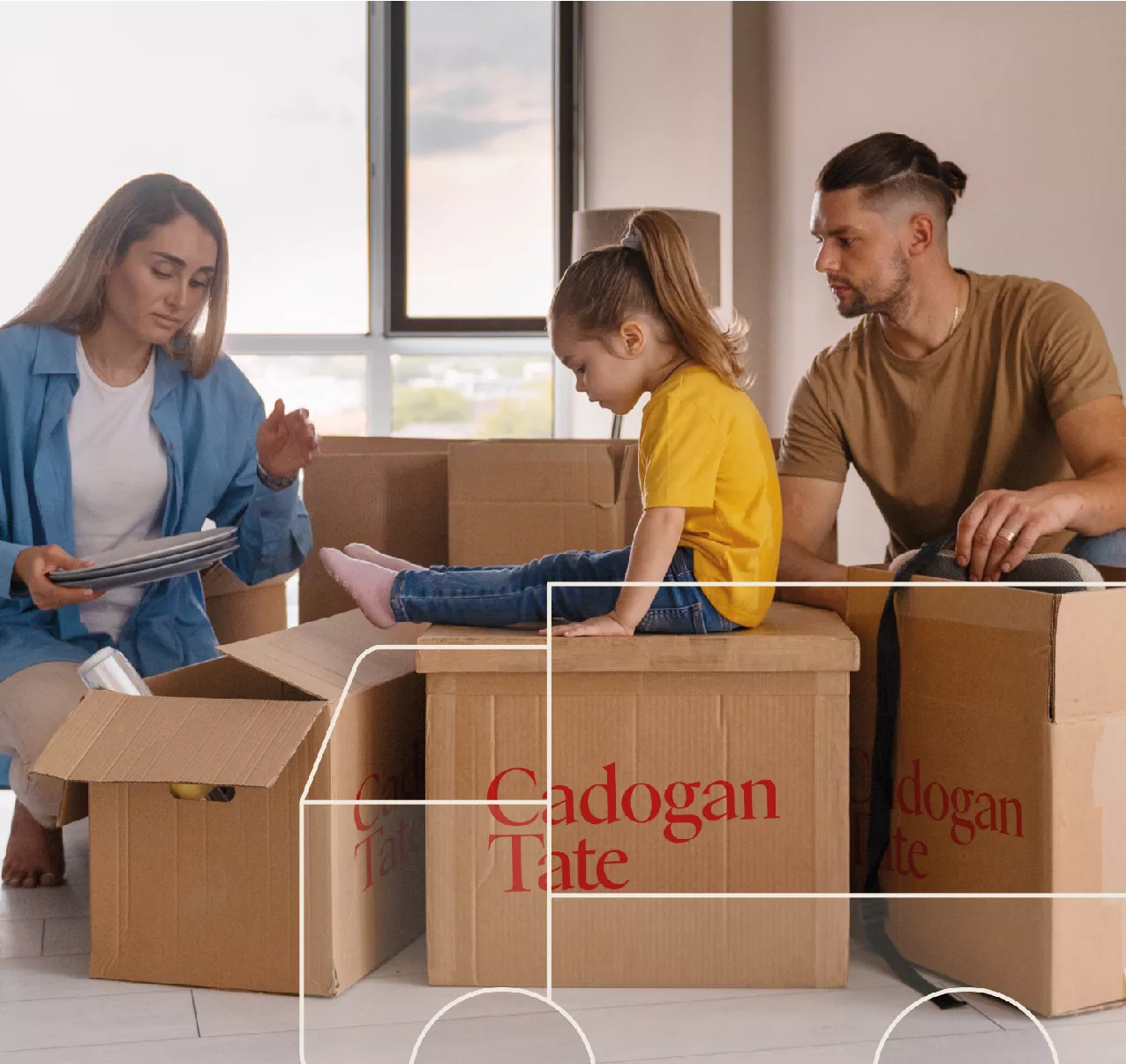The last great Holocaust-era restitution case
It’s all about justice for the heirs of the Jewish banker Baron Mór Lipót Herzog, one of Hungary’s greatest art collectors in the years before the Second World War. Led by his great grandson David de Csepel, his family is looking to secure the return of over 40 works of art from this collection, most of which was appropriated by the Nazis.
While much of Herzog’s collection is effectively lost, the location of this consignment of art, which is valued to be worth $100 million (approximately £63 million), has been known for some time. The lawsuit that the heirs launched is directed towards the government of Hungary, as well as three museums and a university within its borders.
Generally considered to be one of the last great Holocaust-era restitution cases of its kind, it is a complicated, protracted, disturbing and affecting affair, with interesting legal ramifications whatever the result. It is currently being heard in a federal appellate court in Washington DC.
The plaintiffs argue that over the years since it became apparent that seminal works of art from the collection were still in existence and publically so – i.e. hanging in museums – the authorities in Hungary have consistently failed to hand them back to their rightful owners.
However, and here is where the issues of legality become contentious, lawyers acting on behalf of the Hungarian government are adamant that the US has no jurisdiction over this sensitive case.
Thaddeus Stauber, a Los Angeles attorney who is representing Hungary, says that while the government is more than willing to participate and engage in all legal proceedings – adding confidently that it expects to be declared as the owner of Herzog’s remaining collection – it must be discussed outside of the US.
David B. Sentelle, chief judge of the US Court of Appeals for the District of Columbia Circuit, highlighted as much to Michael Shuster, the attorney who is representing the plaintiffs. He asked what made this specific case appropriate for the US: “Everything that happened, happened in Hungary … we’re not a world court.”
Mr Shuster responded by saying that this is a unique case, and, given that the remaining family bringing the claim is American – many of his descendants fled to the US during the war – they have the authority to contest the case here.
He added that Hungary’s legal system lacks the weight to govern such a trial and that American law has the scope to manage international Holocaust claims: “There’s a lot of case law in the area of sovereign immunity, but the law relating to suing a foreign government that participated on the Axis side in World War II is still developing.”
There will be no easy resolution. Fifteen years ago, at the Washington Conference on Holocaust-Era Assets, which was convened to give some international solidarity about how to recover looted art and objects of cultural, historical and religious value, Hungary committed itself to creating the post of state commissioner to oversee all matters in this area.
That has never come to be. The fascinating thing is that in spite of there being no commissioner to restore or compensate Holocaust victims, Herzog’s works of art are attributed as belonging to him in books and photographs in Hungary, even in the museums in which they hang.
It’s a minefield to say the least, clouded by politics, prejudices, the complexities of international law, of historical aberrations and misinformed ideas about what is right and wrong. This is a case that we’re all watching intently. Justice does not come easy.
Cadogan Tate specialises in art transportation, fine art storage and art logistics, helping galleries, museums and collectors manage their collections.



